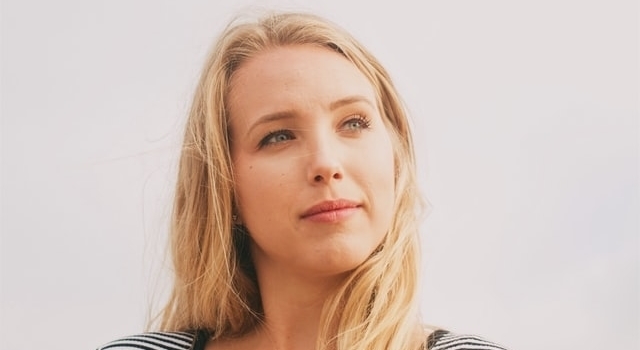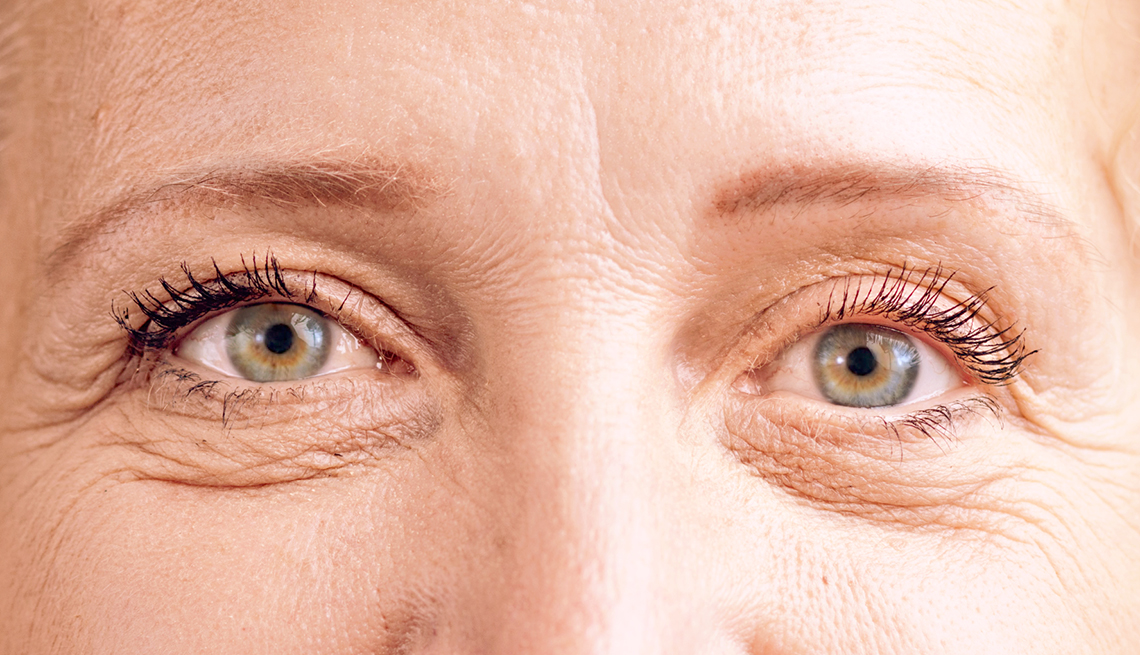Featured
Reduced vision, a problem where standard glasses, contact lenses, or surgical procedure can not completely bring back view, can make day-to-day activities challenging. Luckily, low vision recovery supplies a range of resources to help people preserve their independence and lifestyle. This short article discovers the alternatives available for those seeking assistance in handling their aesthetic problems.
What Is Reduced Vision Recovery?
Reduced vision recovery is an organized approach to help people optimize their continuing to be vision and adapt to brand-new ways of performing daily jobs. Experts function with people to create tailored strategies, incorporating devices, methods, and training programs that match their special requirements.
![]()
Secret Options for Reduced Vision Rehab
Vision Enhancing Tools
Optical Aids: Tools like magnifiers, telescopic glasses, and special analysis lenses can boost quality for reading, creating, and other close-up tasks.
Electronic Aesthetic Help: Devices such as digital magnifiers and mobile video clip magnifiers provide adjustable zoom abilities for different tasks.
Wearable Technology: Smart glasses furnished with electronic cameras and voice comments offer innovative solutions for improving vision.
![]()
Assistive Modern Technology
Display readers, text-to-speech applications, and gadgets with voice commands make technology accessible for people with reduced vision.
Mobile phone applications, such as navigating aids and things acknowledgment tools, aid customers engage with their environments better.
Training and Treatment
Positioning and Wheelchair Training: Professionals teach abilities for browsing rooms securely, including using white walking canes or overview canines.
Daily Living Abilities Educating: Rehabilitation programs supply techniques for food preparation, cleansing, and personal treatment, ensuring that individuals can perform crucial jobs separately.
Aesthetic Skills Training: Workouts made to enhance making use of remaining field of vision can boost aesthetic capability.
Ecological Adjustments
Adjustments to living or workspaces can considerably boost ease of access. Examples consist of:
Setting up brighter lighting.
Adding high-contrast markings to devices.
Arranging furniture to develop clear paths.
Assistance Networks
Psychological and emotional support is a critical component of rehabilitation. Support teams, treatment sessions, and therapy services can help people manage the challenges of vision loss.
![]()
Peer networks attach people with comparable experiences, cultivating a sense of community and shared understanding.
Just How to Gain Access To Low Vision Rehab Provider
Reduced vision rehabilitation services are frequently provided by:
Reduced Vision Clinics: Run by ophthalmologists and optometrists focusing on vision problems.
Physical Therapists: Professionals in adapting environments and tasks to match individual demands.
Not-for-profit Organizations: Teams such as the American Foundation for the Blind (AFB) or local blindness support organizations use valuable resources and references.
Final Thought
Low vision rehabilitation supplies an array of resources customized to boost functionality, boost confidence, and boost top quality of life. If you or a loved one is dealing with the obstacles of low vision, think about getting to out to a professional or rehabilitation facility to explore the numerous choices available.
What Is Reduced Vision Recovery?
Reduced vision recovery is an organized approach to help people optimize their continuing to be vision and adapt to brand-new ways of performing daily jobs. Experts function with people to create tailored strategies, incorporating devices, methods, and training programs that match their special requirements.

Secret Options for Reduced Vision Rehab
Vision Enhancing Tools
Optical Aids: Tools like magnifiers, telescopic glasses, and special analysis lenses can boost quality for reading, creating, and other close-up tasks.
Electronic Aesthetic Help: Devices such as digital magnifiers and mobile video clip magnifiers provide adjustable zoom abilities for different tasks.
Wearable Technology: Smart glasses furnished with electronic cameras and voice comments offer innovative solutions for improving vision.

Assistive Modern Technology
Display readers, text-to-speech applications, and gadgets with voice commands make technology accessible for people with reduced vision.
Mobile phone applications, such as navigating aids and things acknowledgment tools, aid customers engage with their environments better.
Training and Treatment
Positioning and Wheelchair Training: Professionals teach abilities for browsing rooms securely, including using white walking canes or overview canines.
Daily Living Abilities Educating: Rehabilitation programs supply techniques for food preparation, cleansing, and personal treatment, ensuring that individuals can perform crucial jobs separately.
Aesthetic Skills Training: Workouts made to enhance making use of remaining field of vision can boost aesthetic capability.
Ecological Adjustments
Adjustments to living or workspaces can considerably boost ease of access. Examples consist of:
Setting up brighter lighting.
Adding high-contrast markings to devices.
Arranging furniture to develop clear paths.
Assistance Networks
Psychological and emotional support is a critical component of rehabilitation. Support teams, treatment sessions, and therapy services can help people manage the challenges of vision loss.

Peer networks attach people with comparable experiences, cultivating a sense of community and shared understanding.
Just How to Gain Access To Low Vision Rehab Provider
Reduced vision rehabilitation services are frequently provided by:
Reduced Vision Clinics: Run by ophthalmologists and optometrists focusing on vision problems.
Physical Therapists: Professionals in adapting environments and tasks to match individual demands.
Not-for-profit Organizations: Teams such as the American Foundation for the Blind (AFB) or local blindness support organizations use valuable resources and references.
Final Thought
Low vision rehabilitation supplies an array of resources customized to boost functionality, boost confidence, and boost top quality of life. If you or a loved one is dealing with the obstacles of low vision, think about getting to out to a professional or rehabilitation facility to explore the numerous choices available.
Latest Posts
The Shower Room Upgrade Every Detroit Home Is Entitled To
Published Apr 20, 25
1 min read
Modern Restroom Solutions for every single Detroit Home
Published Apr 20, 25
1 min read
Comprehensive Defense for Your Satisfaction
Published Apr 20, 25
1 min read